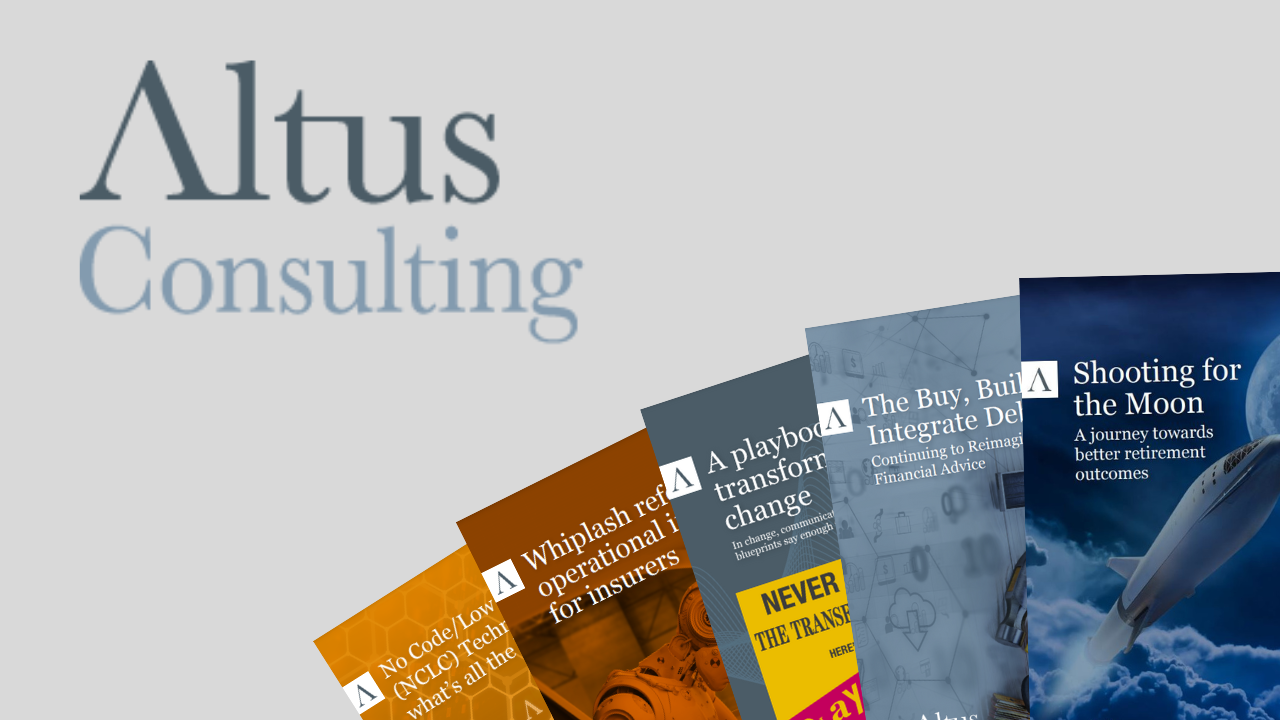
Peter Stonham considers how a mobile application sits within the wider operating model and discusses some of the supporting changes required to successfully run a mobile offering.

Peter Stonham considers how a mobile application sits within the wider operating model and discusses some of the supporting changes required to successfully run a mobile offering.

Don't miss out on news and opinion pieces from Altus experts